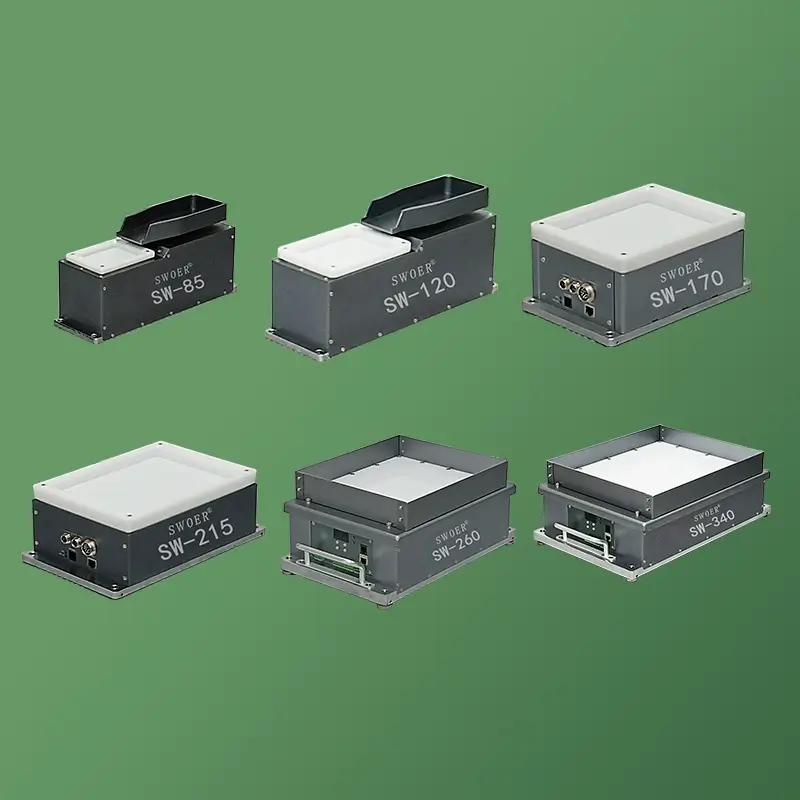High Initial Investment Cost Description: A complete system includes a vibrating platform, industrial vision system, robot, and software, costing significantly more than traditional feeders. Pain Point: The largest barrier for SMEs; ROI must be carefully evaluated. Relatively Lower Cycle Speed Description: The “scatter-scan-pick” process is sequential. The robot typically picks one part at a time, limited by scattering and processing time. Pain Point: Maximum speed can be lower than a well-tuned multi-track vibratory bowl for pure speed applications. High Dependence on the Vision System Description: The system relies entirely on vision. Reflective, low-contrast, or transparent parts can cause recognition failures. Pain Point: System stability is highly sensitive to lighting and part […]
カテゴリーアーカイブ: Flex Feeder
Flexible feeders excel in applications requiring high flexibility and gentle handling. They are ideal for: Tangle-Prone and Delicate Parts This is the primary strength of flexible feeders, solving key pain points of vibratory bowls. Examples: All types of springs O-rings, seals Flexible wires, cables Thin-walled, precision metal/plastic parts Reason: Parts are freely scattered, eliminating forced friction and impact that cause tangling, scratches, and deformation. Parts with Complex Geometry, Difficult to Orient When mechanical orientation is too complex or costly. Examples: Asymmetric parts Parts with deep holes/cavities Parts with subtle orientation features Reason: Vision systems can easily identify subtle features for precise orientation. High-Mix, Low-Volume Production When production lines require frequent product changeover. Examples: R&D […]
The working principle of a flexible feeder can be summarized in three core steps: Random Scattering Process: Bulk, unordered parts are poured onto a tray on top of a vibratory platform. The platform vibrates, causing parts to move randomly and disperse across the tray. Vision Recognition Process: An industrial camera above the tray captures an image. Vision software analyzes it to identify correctly oriented parts and calculates their precise coordinates and angle. Robot Picking Process: The vision system sends the coordinates to a robot, which then picks the parts and places them for assembly. In summary, flexible feeders replace mechanical orientation with vision-guided robotics, offering superior flexibility and gentle handling for […]
The primary use of a rivet gun is to quickly and reliably create a permanent joint between two or more workpieces using the blind riveting process. It is a one-sided fastening technique, making it highly convenient to operate. Its core applications are demonstrated in the following aspects: Blind Fastening (One-Sided Operation) Description: The riveting process is completed entirely from one side of the workpiece. There is no need for access to the back, unlike bolts which require a nut or solid rivets which require bucking. Use: This makes it ideal for closed or semi-closed structures and situations where the back is inaccessible. Joining Dissimilar Materials Description: It can successfully join workpieces made of different […]
1、 Comparison of Working Principles and Characteristics Characteristic vibration feeder pusher/feeder The working principle utilizes the electromagnetic drive and resonance principle to generate small vertical torsional vibrations in the disk body, and through inertia and friction, the parts move forward along the spiral track and complete orientation. It is usually a linear motion mechanism (cylinder, electric push rod) that pushes the disorderly stacked parts forward one by one through reciprocating push claws or push plates. Core functions include sorting, orientation, transportation separation, counting, and transportation Advantage 1. Complex orientation: It can arrange messy parts in a unified and specific direction through clever mechanisms on the track. Continuity: The feeding process […]
Vibration feeder are widely used in automated production, but they present some common pain points. Below are the main issues and their solutions: Material jamming or blockage Reason: Irregular material shape or unreasonable design of the vibratory bowl. Solution: Optimize material design: Ensure the material shape is suitable for the vibratory bowl. Adjust vibration parameters: Regulate frequency and amplitude to ensure smooth material flow. Improve track design: Optimize track width and angle to reduce stalling. Excessive noise Reason: Mechanical vibration and noise are generated during the operation of the vibratory bowl. Solution: Vibration damping measures: Use vibration damping pads or feet. Soundproofing material: Install soundproofing material around the vibrating tray. […]
The vibrating feeder is an indispensable basic equipment in modern automated production, and its core value lies in automatically orienting and sorting chaotic small parts (such as screws, nuts, rivets, electronic components, capsules, etc.), and stably conveying them to the next workstation. It can bring significant advantages and benefits to customers in the following aspects: Core direct benefits: improving efficiency and reducing costs Extremely high production efficiency High speed continuous operation: The vibrating feeder system can work continuously for 7×24 hours, and the feeding speed can reach tens to thousands of pieces per minute (depending on the size and complexity of the parts), far exceeding manual operation speed. Shortening production […]
In the era of Industry 4.0, intelligent manufacturing has put forward higher requirements for the flexibility of production equipment. Traditional feeders often can only handle a single type of material, making it difficult to meet the production needs of modern manufacturing with multiple varieties and small batches. The emergence of flexible feeders has completely changed this situation. The flexible feeder adopts a modular design, which can quickly adapt to materials of different shapes and sizes by replacing different feeding modules. This design breaks through the limitations of traditional feeders, allowing one device to handle a variety of materials ranging from small electronic components to large mechanical parts. For example, after […]
A flexible feeder system, also known as a flex feeder, flexible part feeder, or robotic pick and place system, efficiently handles special-shaped parts ranging from 0.1mm to 150mm. Why Choose a Flexible Feeder System? Industries like automotive, insert injection molding, and watch ceramics demand high precision. Traditional vibratory feeders struggle with irregular parts, making automation difficult. SWOER’s flexible visual material selection system solves these challenges, ensuring efficient, damage-free feeding. Key Advantages: Protects Delicate Electroplated Parts Traditional vibratory feeders cause parts to scratch as they circulate in the bin. Our flexible feeder eliminates reciprocating feeding, ensuring scratch-free handling. Handles Special-Shaped Workpieces Standard feeders rely on geometric shapes and mass distribution for […]


